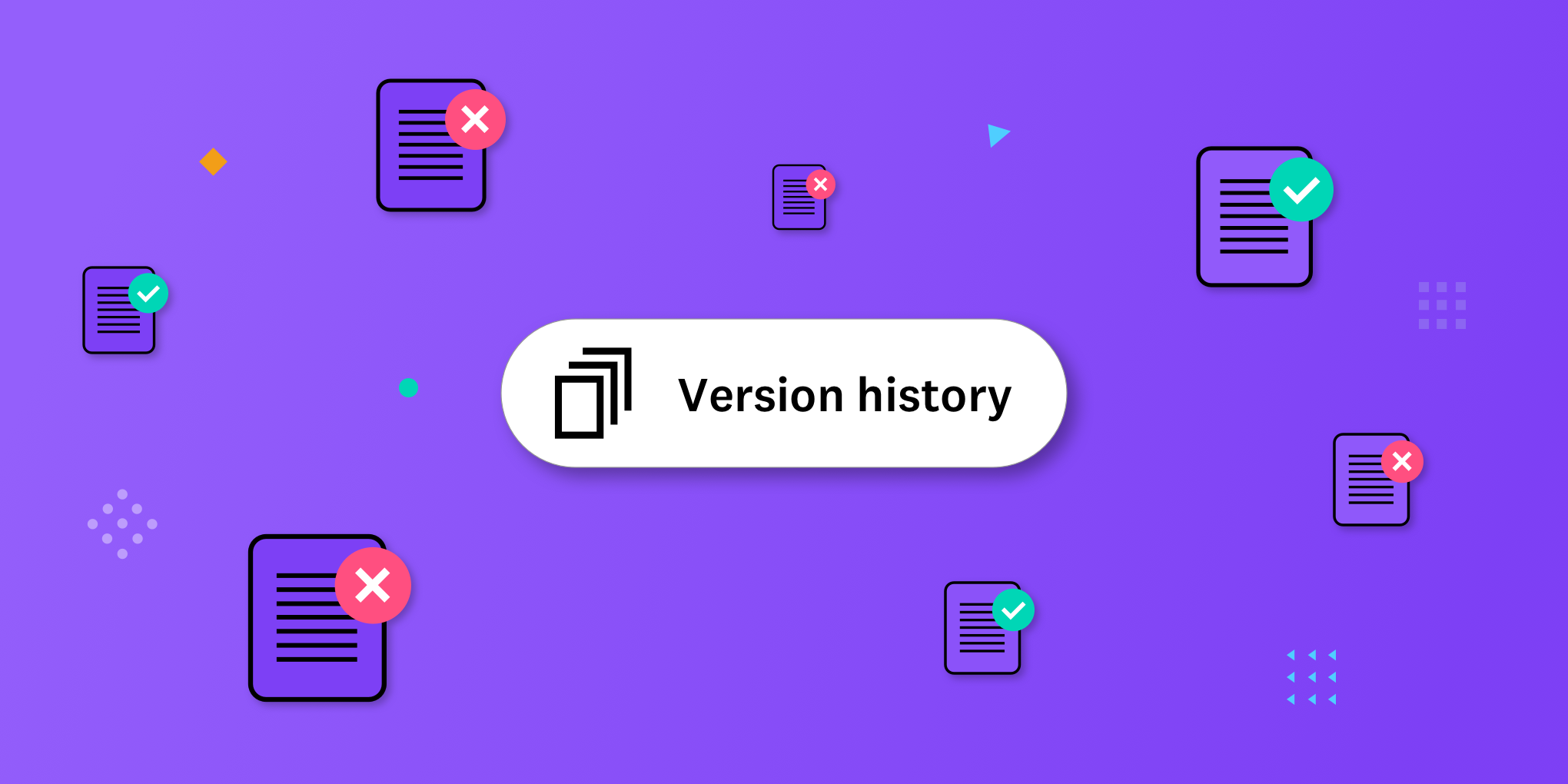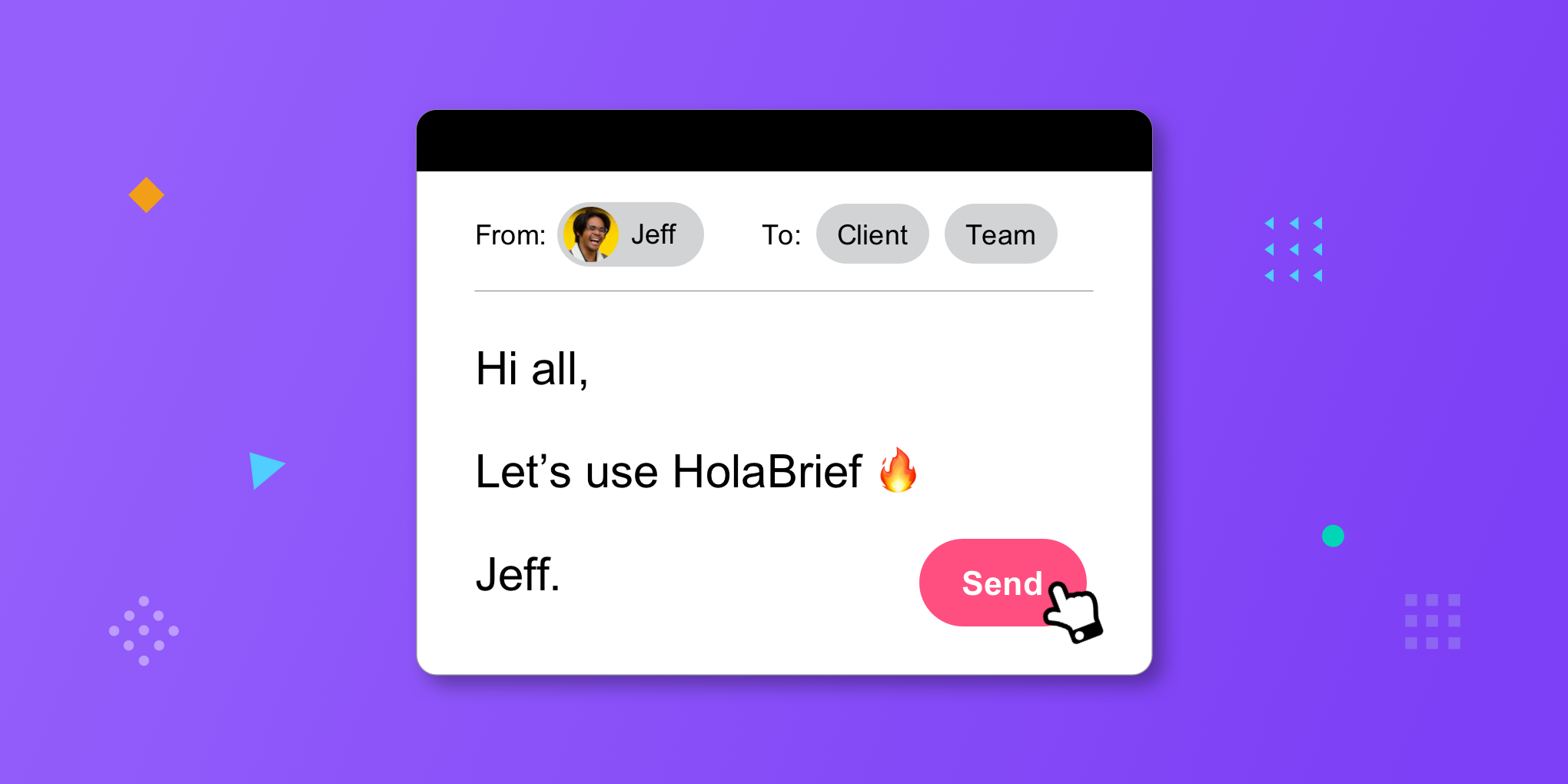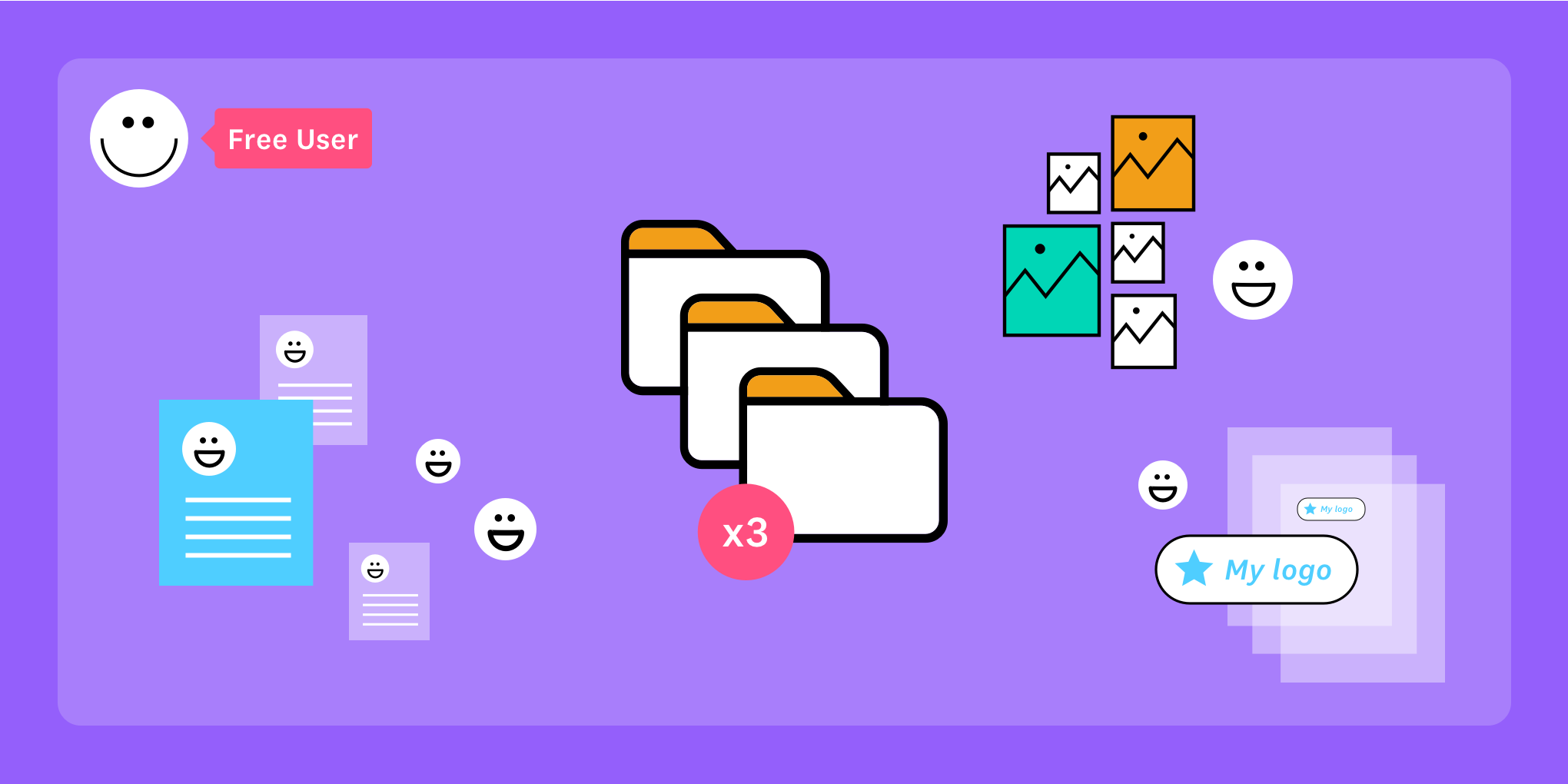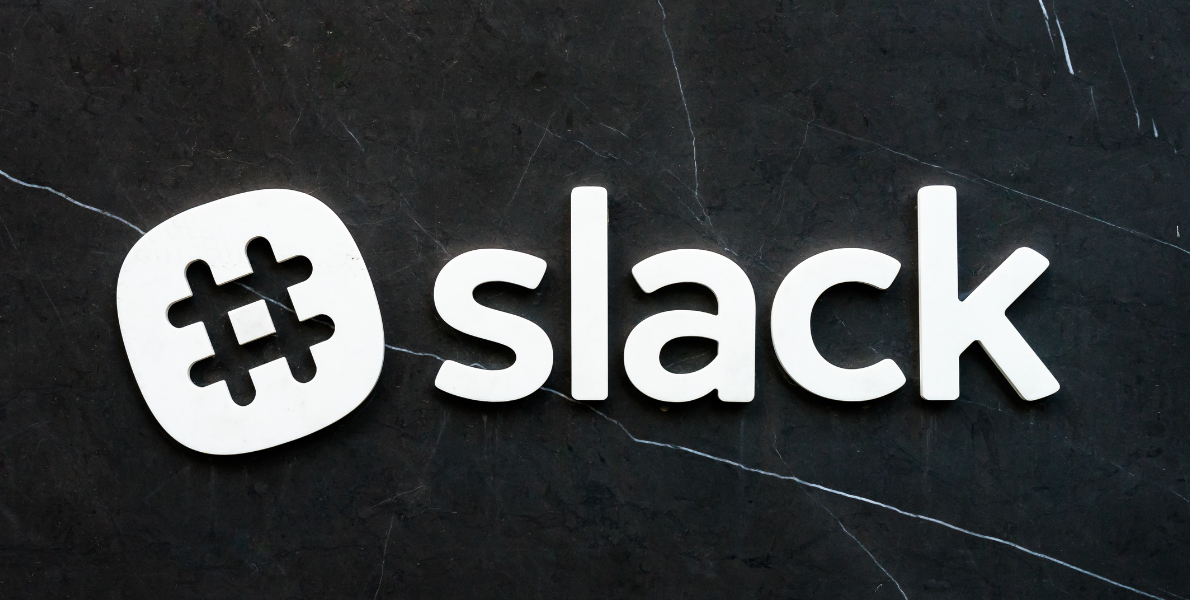As a designer with expertise in brand strategy, I have gone through my design process with HolaBrief in hands. First off I clarified which questions to ask during a first client meeting with the help of the HolaBrief tool. In this article however, I will show you which other sections of the tool can be helpful during a client kickoff or discovery meeting.
Most designers approach their first client meeting as a kickoff, workshop meeting before the contract is actually signed. That is why I advise you to split up your process into a first client meeting and a kickoff meeting. The latter is part of your strategic design approach, is described in your proposal, and is something you are actually getting paid for. Now it's time to show your client you are a designer who knows about strategy. You're here to help them find out the real problem they are facing.
During the first client meeting, you already gathered information about the project goals and the real problem the client is facing. During the kickoff, you might want to go through these sections again to confirm those findings.
Here are 4 more strategic exercises using the HolaBrief tool you must analyse during your kickoff meeting together with your client, in order to keep your design process focused:
Competitor & Positioning Mapping
Yes, “competition” is great. It depends what you define as competition, too. Is there someone doing exactly what you want to do? Then you need to position differently. It is not an “or”, it is a “but”. Positioning Mapping is about specialisation and offering something else that has not been offered before. See? That is why it is a great exercise. A new angle to doing things. You do not need to reinvent the wheel, you just need to have a different and at times unexpected mix of elements that makes the business special and appealing to a specific audience.
Often times, businesses do not know why they are different. That is a real pain. And I mean pain as in, something business owners struggle and need help with. Loads of small businesses do not grow because they are only watching what competitors are doing and not what they can be doing to improve their sales and marketing. Others because their leaders are not, well, leading. They are too enthralled in working in the company instead of focusing on running the company.
When you ask your prospects which competitors they are mostly aware of, ask them about a brand they would like to collaborate with and ask why.
Whatever the answer, I put it on the “brands to look out for” section of the competitors map on HolaBrief. They aren’t necessarily competitors, but they are brands that could add value to my prospect’s business and help them position away from direct and indirect competitors. They either learn they can do something different by collaborating, or the collaboration itself becomes a competitive advantage. If they handle it well, it is a win-win.
DIRECT COMPETITORS
Direct competitors are businesses in the same niche as them. It is more likely that a business will have less direct competitors if they are in a super niched category. For example, web designers who use motion to express the architecture found in New York. It is very unlikely you will find many of those that are an exact match.
However, most people do not have such niched businesses, and therefore identifying at least 3 direct competitors is helpful. Before engaging on a kickoff meeting with my client, I will ask them to think about competitors and brands they like / hate.
INDIRECT COMPETITORS
I like to think of indirect competitors as those that are in the same industry but not in the same niche. They also do Design, but instead for architecture they do it for real state agencies and know all about these industries. Same, same, but different.
If the client has distinct niches or sells products AND services, make different maps. HolaBrief makes it super easy to organise all the information you need to keep in mind on their Competitor Map Section.
User Personas
I have found that asking my clients about their clients is a 100% biased answer. This is a tricky one, and will require some iteration later from your part. If it is a business that has already been running for a while, you can try finding out if they have had any real feedback from real clients. The closer you get to the reality of the business, the better. If it is a new business, however, we see the user personas as “ideal” clients, but not necessarily who will end up buying their product or service. That is up for the market to decide.
In the cases where the client is starting out, being as detailed and close to the ideal is important to give you clarity on how to proceed design-wise. Communicating the importance of this step with your prospect helps them engage in the process better as well.
Some businesses owners will have the answer in their heart. In the book Shoe Dog, Phil Knight was passionate about running, and then Nike was born, the goddess of Victory, helping runners swiftly cross the line.
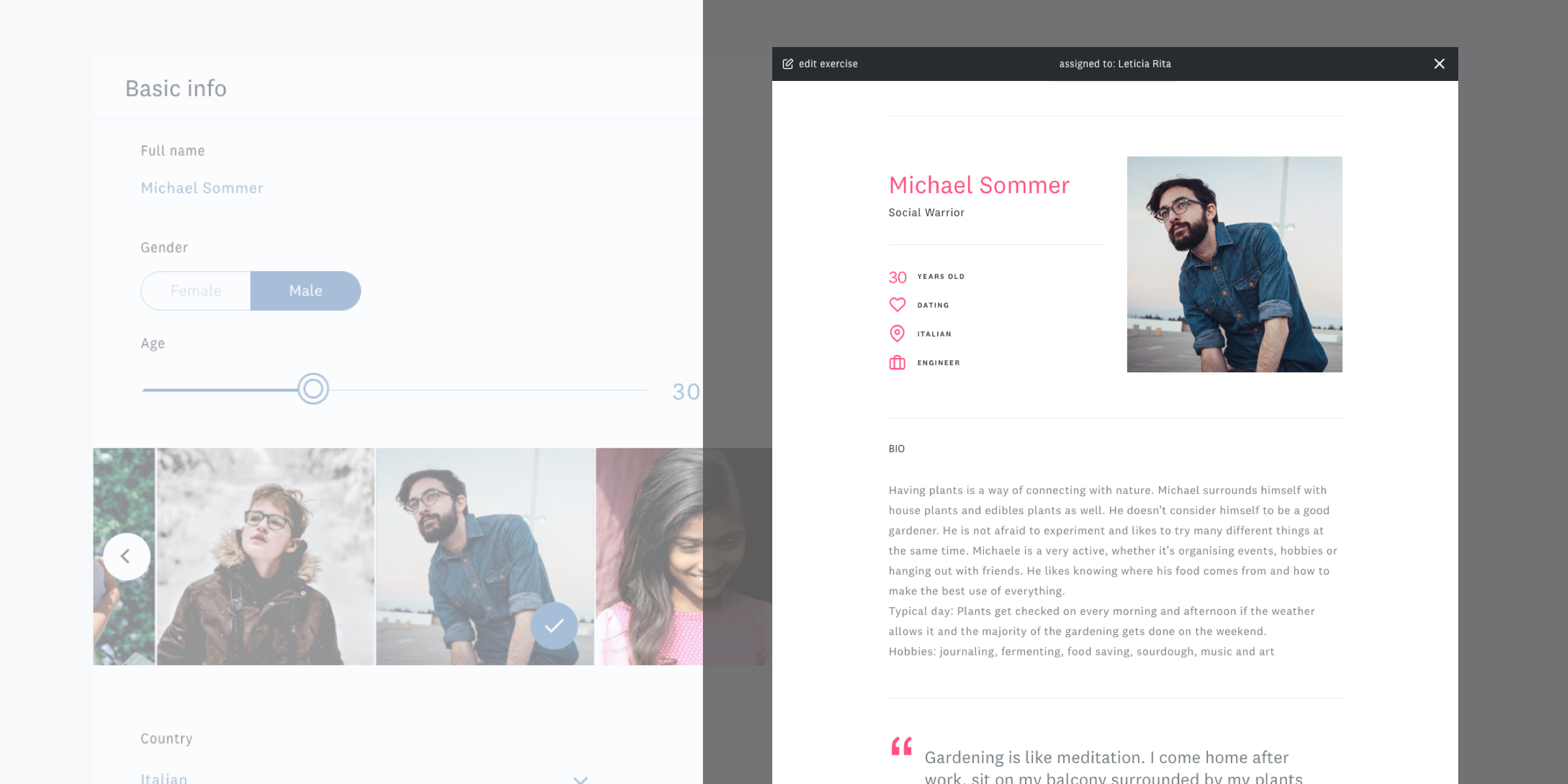
The User Persona template on HolaBrief.
Brand Voice
This section in the HolaBrief tool allows us to choose 5 keywords that will inspire the brand’s perception. When communicating with the client, I like to play the “if your business was a person, how would it be like?” game. It is a fun way to approach this subject and looses the meeting a little bit.
Depending on the project and the nature of the company, I separate the brand voice in two: B2B (business to business) and B2C (business to consumer). The brand IS the same, but in no way in hell the sales team will effectively communicate with the consumer the same way they do towards other businesses. The way I do that separation is by simply stating what the two look like and their disparities when writing the comments.
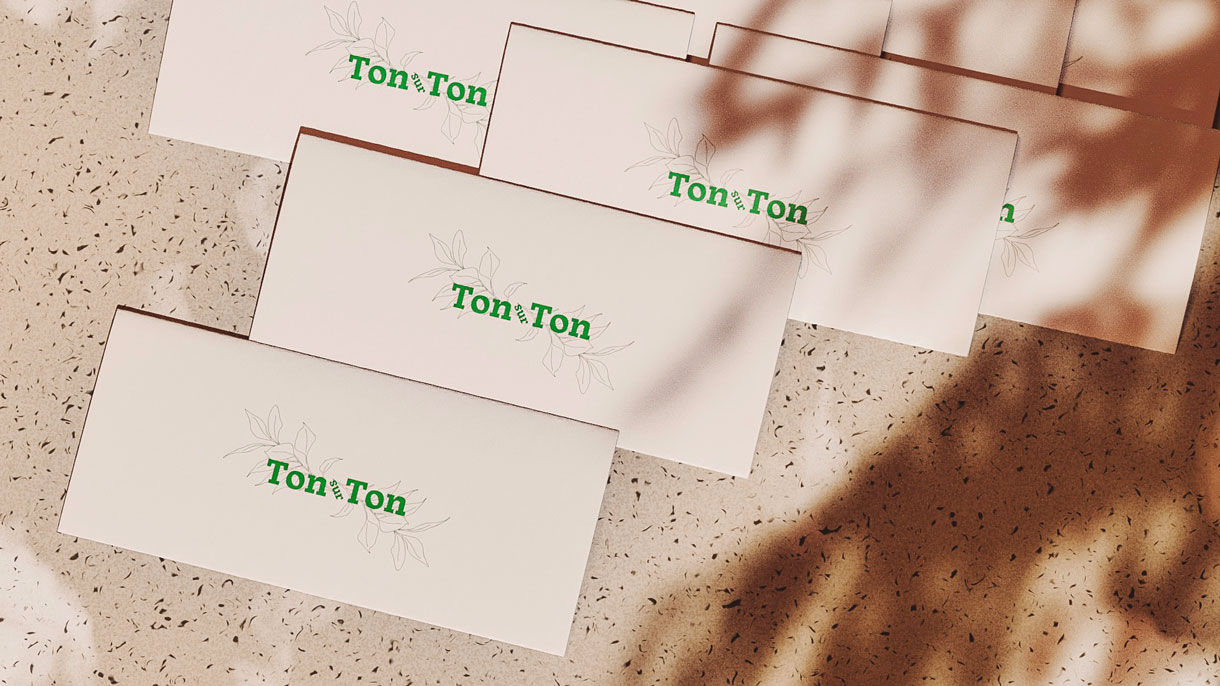
The difference between voice and image is simply what they represent in B2B and B2C cases. When we speak of voice, we speak of what words and tone a brand strategy needs to consider. When we speak of image, we are talking about a visual hierarchy and feeling. Bright, dark, etc. It helps us choose what kind of images and colours we will use on our stylescapes and (company internal) moodboards.
A great way to understand this is by watching Apple ads with Jony Ive’s voice. Pay attention to the words they choose and how the images shown look and feel like. Your challenge is to pick words that you can translate into a feeling and then to an image.
USING THE COMMENTS AREA TO WRITE DOWN "THE WORD"
In the book The 22 Laws of Branding, there is a whole chapter about "THE WORD". It is in caps, yes. THE WORD.
THE WORD is, well, a word that represents the brand in the mind of the consumer as awareness grows. BMW, secure. Xerox, copy. Mc Donald’s, fast (questionable here in Finland).
I normally start here, but this is a new concept for many a brand designer. This might be something you add to your process or not since it will require further studying.
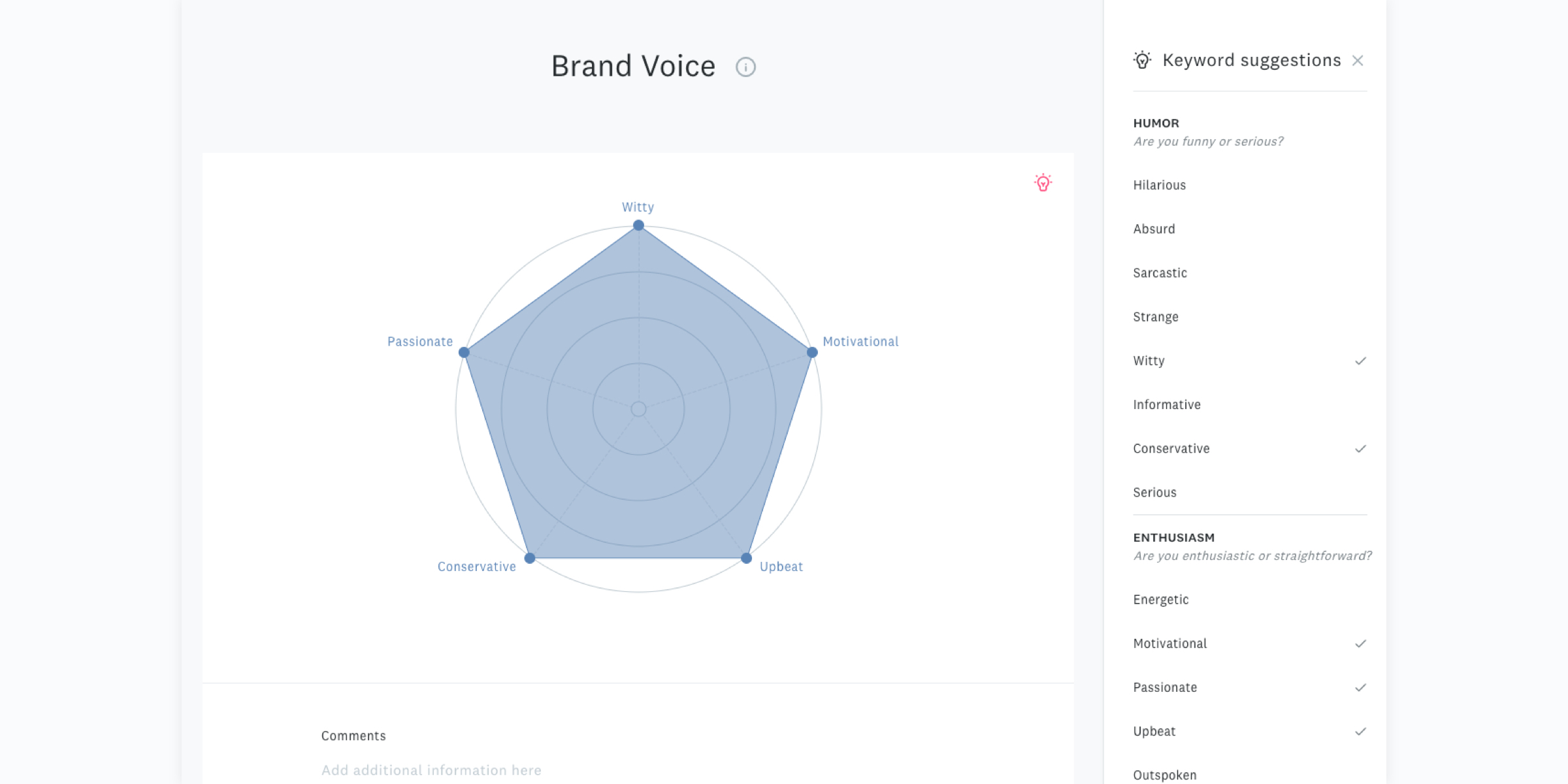
The customisable Brand Voice Template at HolaBrief.
Inspiring Brands and Inspiring Questions
To continue with a looser approach of this last leg of the meeting, I ask my prospect to tell me about brands they are inspired by and why. This helps us gauge their taste and get clues about what kind of people they are. When we create the stylescapes, we want to increase our chances of success by showing the client 3 strong options. It truly depends on what kind of person we are dealing with here, since not everybody is able to remove themselves totally from the process of branding their companies.
We also like to ask:
If you could have a pet animal at your office, what would it be?
You may uncover some really detailed information on this one. Some people have exotic tastes and will tell you specifically of a certain animal — which you could later study and pull traits from. It adds personality to the brand and again appeals to who your client is. This is just an inspiring question to make, and by no means you have to include it in your process... You never know.
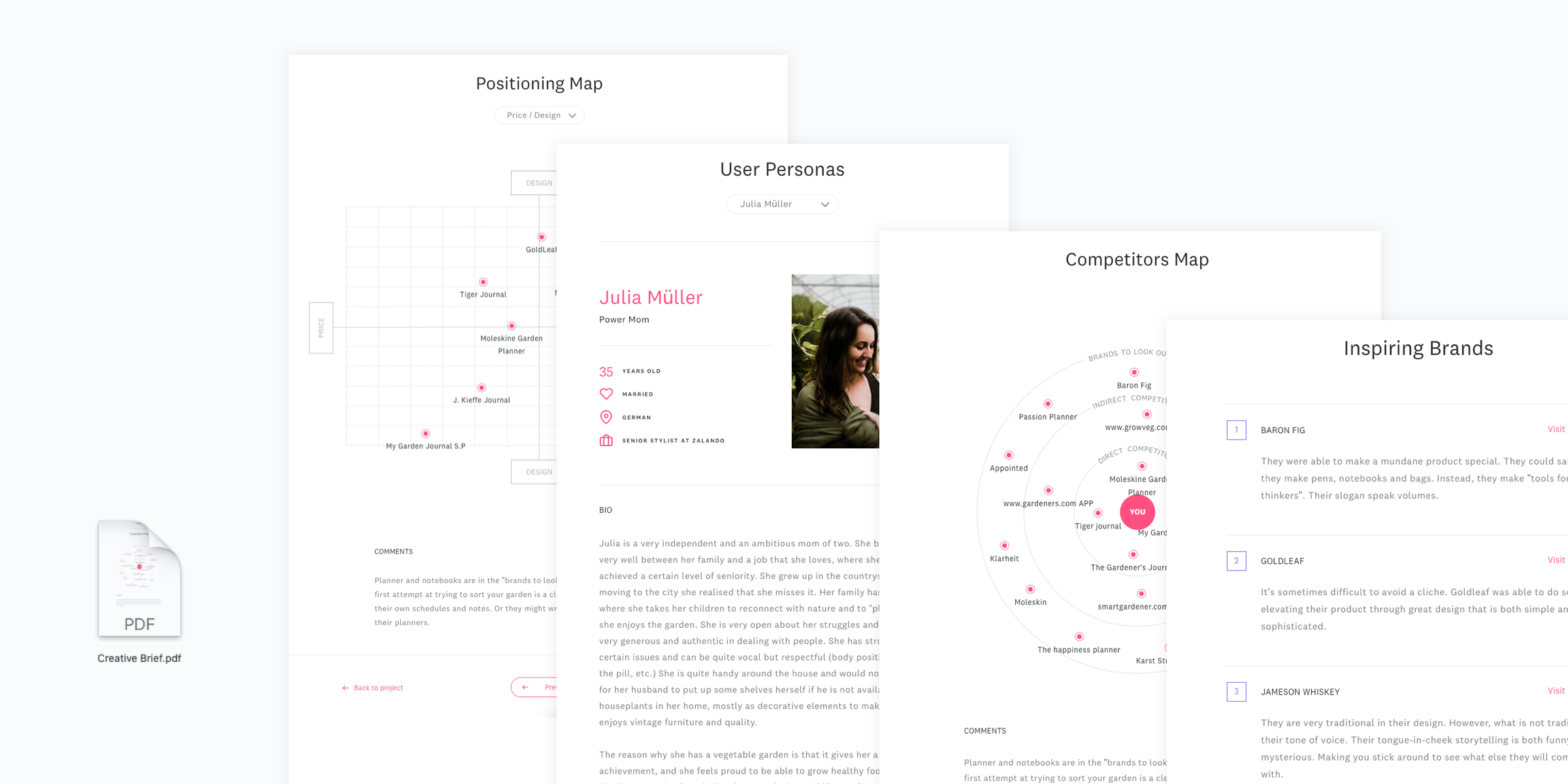
At the end of the kickoff meeting, gather all the information in one place and share the final result with your client in a neatly designed PDF.
Conclusion
You now have collectively organised everything you need to know for when you start designing. Next up: save all the sections into a neatly designed PDF: Your finished Creative Brief, thanks to HolaBrief. It is poured into a clear structured brief and the one source of truth – your blueprint – for you to follow. You can share it with the client via mail, or with a custom link which is 24/7 online available.
The outcome of the kickoff meeting with your client, should drive everything you create and the solutions you come up with should be filtered by the criteria you summed up. Remember though, a design brief is not rigid. It should be a working document and guide you and the client to the right solution.
Start integrating your custom briefing template from HolaBrief during your kickoff meetings to align better with your clients and create work you are proud of! Sign up now.


